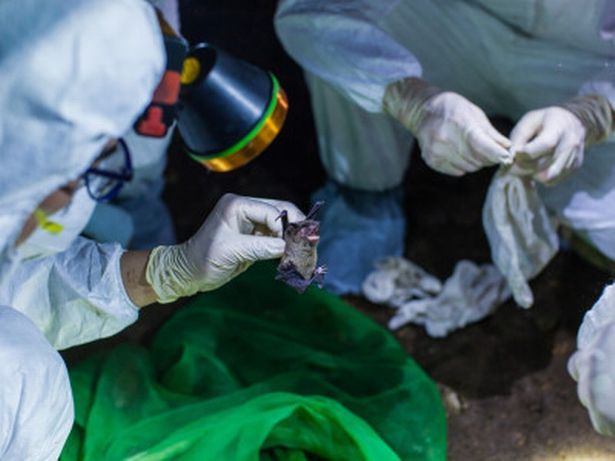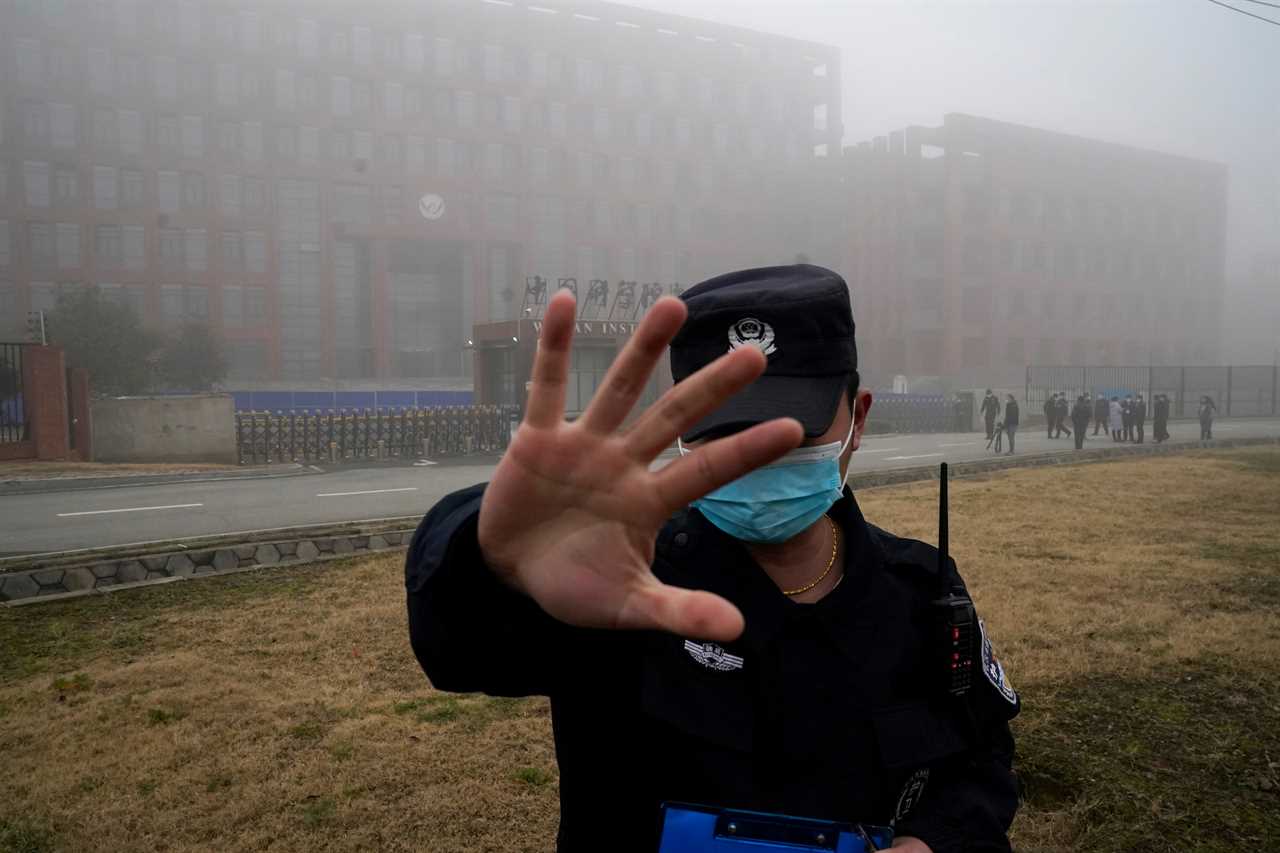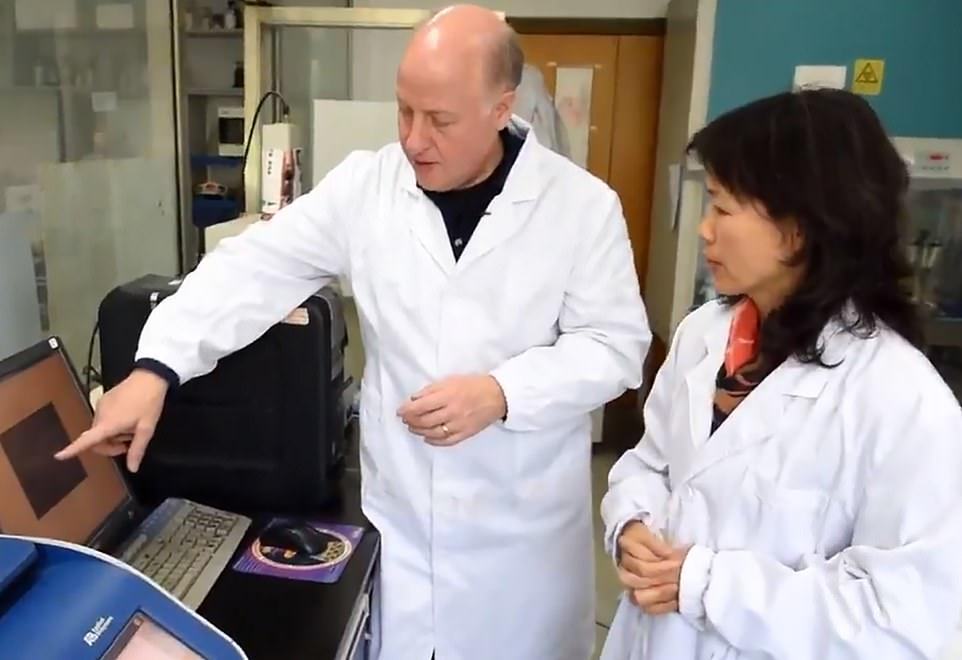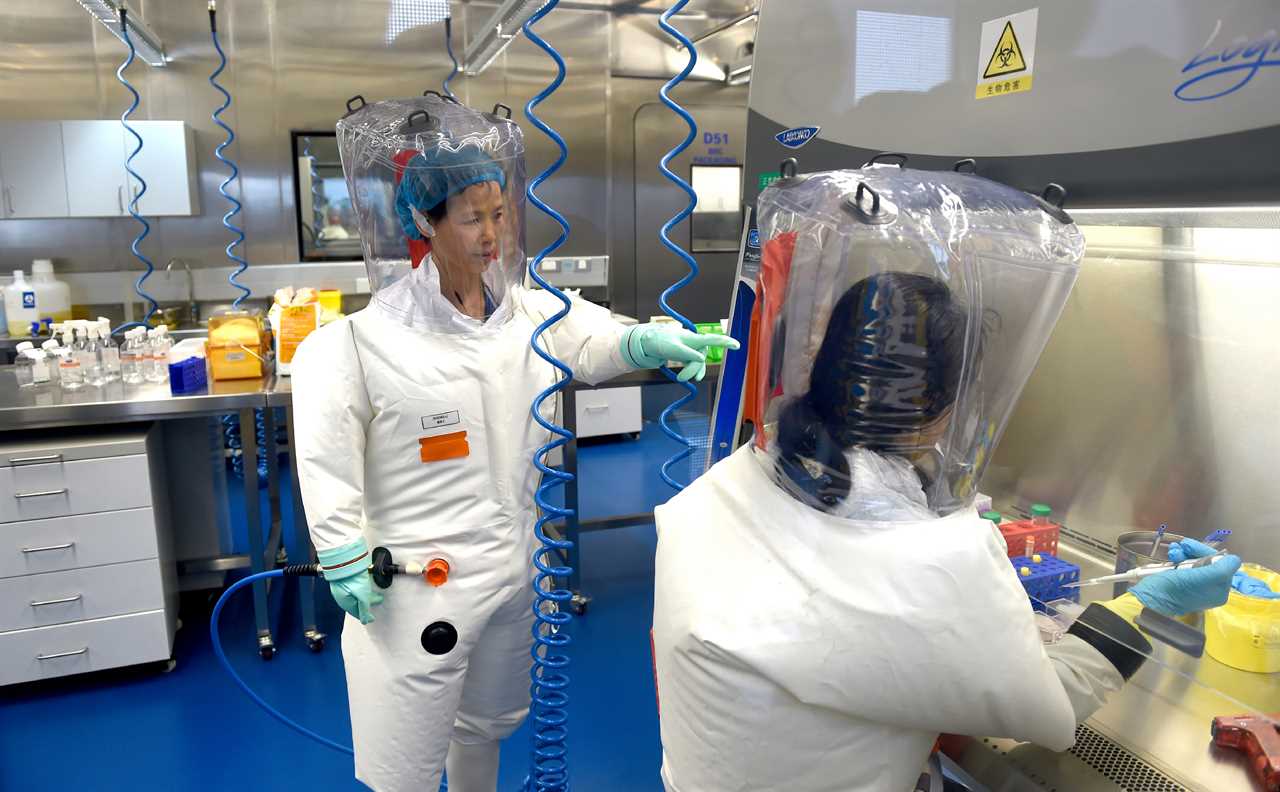A CHINESE lab at the centre of a storm over the origins of Covid reportedly designed secret cages for breeding bats for virus experiments.
The Wuhan Institute of Virology (WIV) was found to have filed patents for “bat rearing cages” and “artificial breeding” systems in the months before the coronavirus first emerged last December.

Read our coronavirus live blog for the latest news & updates

WIV has been subject to international scrutiny as it was known to have been carrying out experiments on bat coronaviruses – and is located just miles from Covid’s ground zero.
And the allegations continue despite the World Health Organisation appearing to exonerate the lab in its findings after a mission to Wuhan – which since been branded a “whitewash”.
The new revelations about the bat cages raises more questions about the work the Chinese scientists – lead by Dr Shi Zhengli, known as Batwoman – were doing in the months leading up to the pandemic.
It had previously been denied that WIV was keeping any live bats on site – but an online profile of the lab reportedly claimed it has capacity to keep 12 bat cages.
WIV scientists filed patents in June 2018 and October 2020 for the cages and methods for breeding of bats, which are believed to be the natural reservoir of Covid.
The first patent was filed for “bat reading cages” which would be “‘capable of healthy growth and breeding under artificial conditions”, reports the Mail on Sunday.
And the second patent relates to a method of “artificially breeding” of wild bats, and in the document it describes bats being “artificially” infected with coronaviruses.
It explains it is hoped the breeding scheme will allow them to create a “brand-new model experimental animal for scientific research”.
The patents raise yet further questions about the work of the shadowy lab which has been accused by the US of having links to the Chinese military.
It comes as the White House said it has “deep concerns” that the Chinese government may have interfered with WHO’s investigation into the origins of Covid.

WHO investigator Peter Daszak, who has longstanding links with WIV, had previously claimed no live bats were being kept by the lab.
Last April, he said: “All bats are released back to their cave site after sampling. It’s a conservation measure and is much safer in terms of disease spread than killing them or trying to keep them in a lab.”
In December, he appeared to repeat the claim by stating labs he had worked with “DO NOT have live or dead bats in them. There is no evidence anywhere that this happened”.
Daszak had been a member of the ten-person WHO team who swung its weight behind the Chinese government’s effort to deflect blame over the origins with the virus.
The team all but ruled out the lab leak, suggested the virus may have come from outside of China, and appeared to place their focus on claims the virus may have come from frozen food.

And then just days later, WHO investigator Dominic Dwyer backtracked as he said it likely did start in China, and later claimed the Communist Party authorities refused to hand over raw data.
He said: “Why that doesn’t happen, I couldn’t comment. Whether it’s political or time or it’s difficult .
“But whether there are any other reasons why the data isn’t available, I don’t know. One would only speculate.”
The WHO mission was tightly controlled and stage managed by China – and even saw the scientists visits a propaganda museum celebrating Wuhan’s fight against Covid.
The organisation itself is also facing questions about how it handled the early days of the pandemic, being accused by former US President Donald Trump of being “China-centric”.







